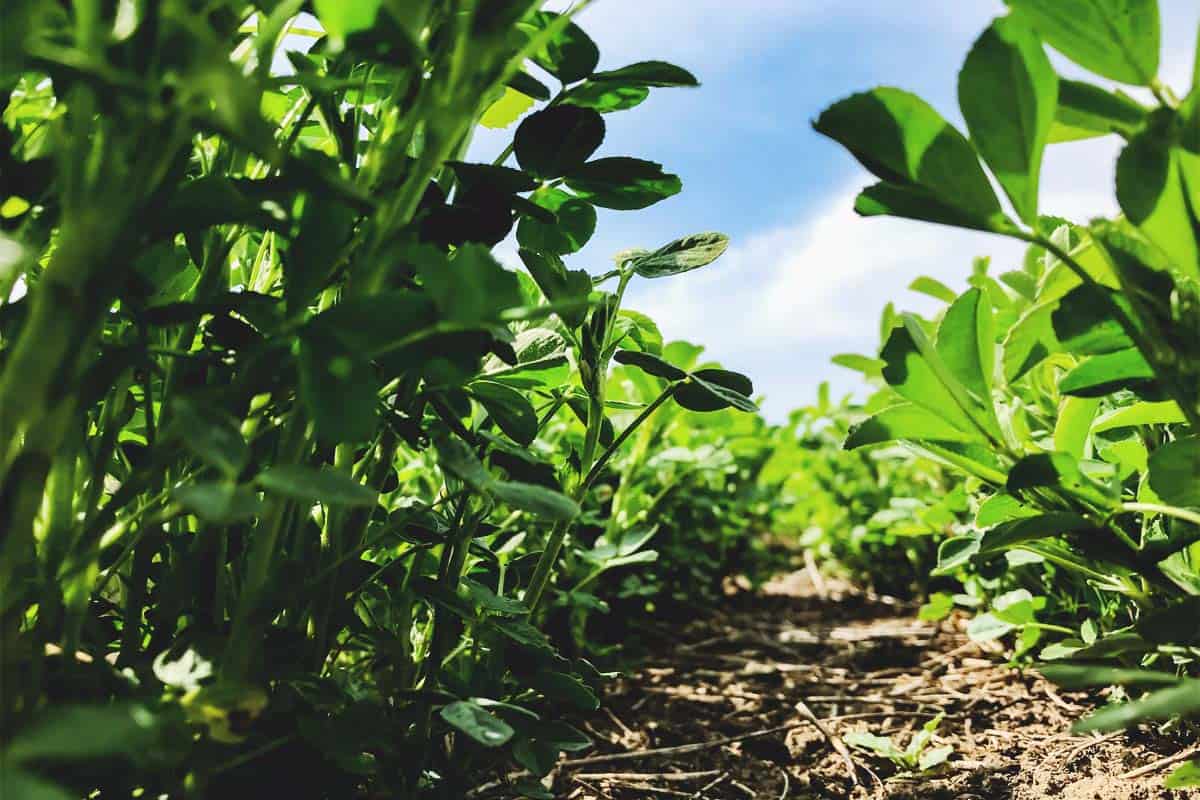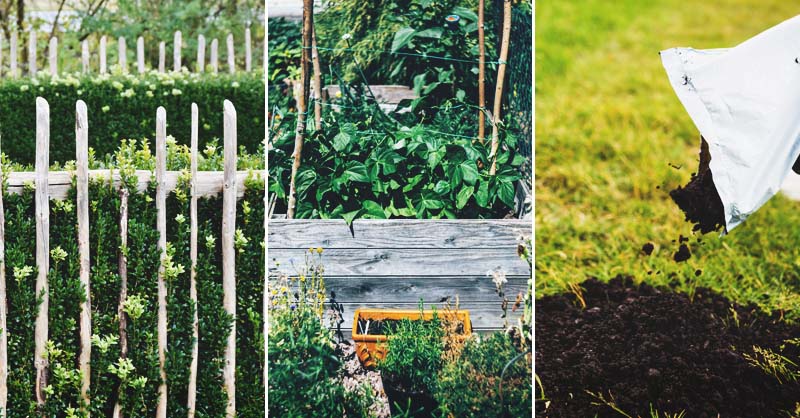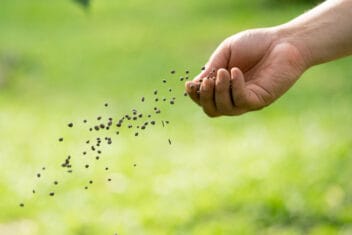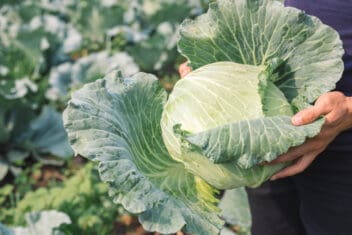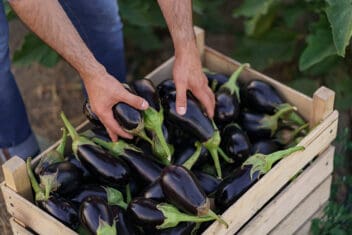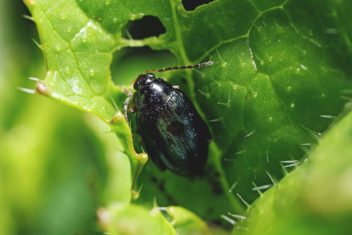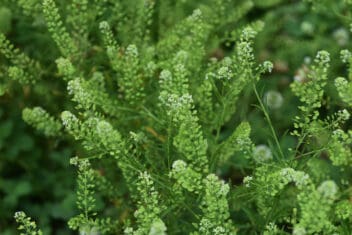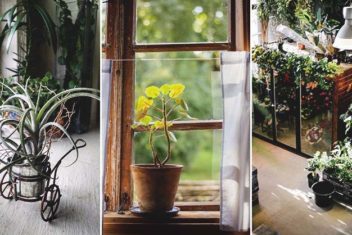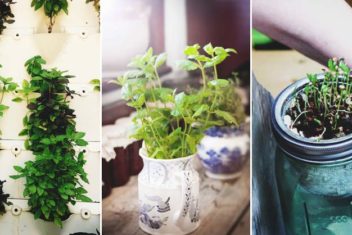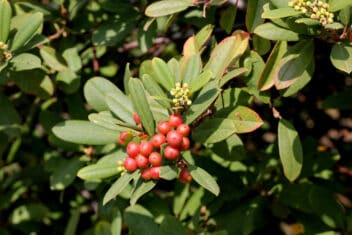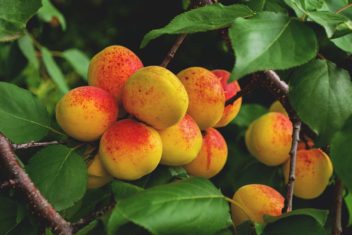A fruit guild is a planting method used in permaculture to create a mini-ecosystem that encourages disease-resistant, high-yielding gardens. Basically, it’s a gardening technique that groups plants together in a way that increases productivity, reduces the amount of fertilizer and pesticides you need, and cleverly utilizes space.
A guild puts a variety of plants together that complement each other. This helps control pests, draw in pollinators, and enrich the soil. A fruit guild is a grouping of plants that focuses around a fruit tree.
In this article, we are going to discuss the advantages of a fruit guild, break down the different elements and look at an example of an apple fruit guild.

What is a Fruit Guild?
In the forest, there are naturally different levels of growth such as the canopy, understory and ground plants. Leaves fall from the trees to nourish the soil. Wildlife eats and disperses seeds and fertilizes the ground. Everything is in balance.
In nature, plants often work together and complement one another. Research has found that birch trees and Douglas firs work together in forests, for instance. The paper birch transfers carbon (sugar) to the nearby Douglas fir trees. The transfer is conducted by fungi called ectomycorrhizae who live among the tree roots.
Our goal when planting a fruit guild is to provide a similar balance and have our plants working together. Some plants may repel pests while others add nitrogen to the soil. Both of these work to help the fruit tree that the mini-ecosystem is built around.
There are two parts to the fruit guild – the fruit tree and the underplantings, which are those plants we deliberately place around our fruit tree. These plants work to fertilize, repel pests, attract pollinators and beneficial insects, create a living mulch, and suppress weeds.
You need to size your fruit guild based on the amount of land you have available. If you are on a large farm you can plant nut trees and standard-sized fruit trees. If you have a smaller yard, go with semi-dwarf and dwarf fruit trees. You can even plan a guild under berry bushes.
What To Plant In Your Fruit Guild
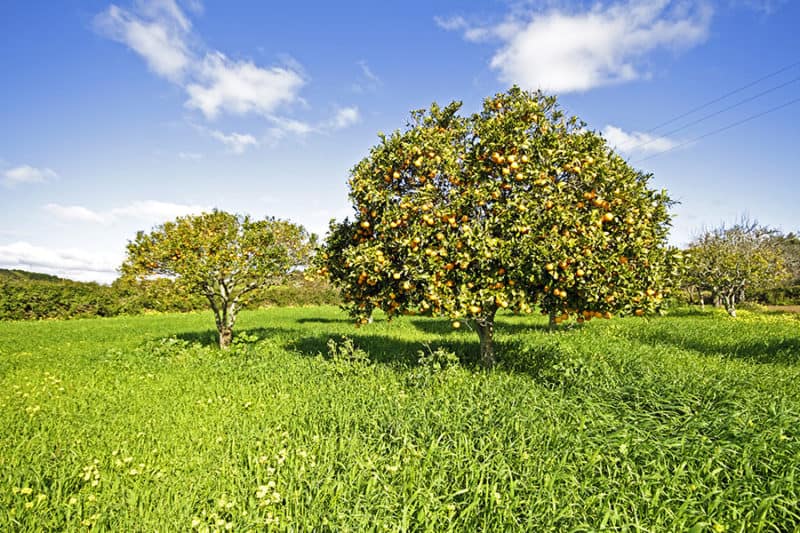
Tree guilds are typically made up of plants that fall into six categories: suppressors, attractors, repellers, mulchers, accumulators, and fixers.
The plants you put under the fruit tree have different roles or even several roles. You may want to choose plants that are edible but also attract pollinators, such as herbs. If you are having problems with insect or mammal pests you can plant things that repel them.
If you are planting more than one fruit tree you can have different plants under each one.
You can even use plants that have several functions. For instance, garlic has immense value in the kitchen and also deters deer and fruit borers. Daffodils provide an early source of nectar for pollinators. They also capture early spring nutrients and benefit other plants around them.
Check out our list to get some more ideas on what to grow in your guild. The examples below are ideas for an apple tree, but they work for many fruit trees.
Suppressors
Suppressors out-compete weeds or grasses in your landscape, acting as a form of weed control.
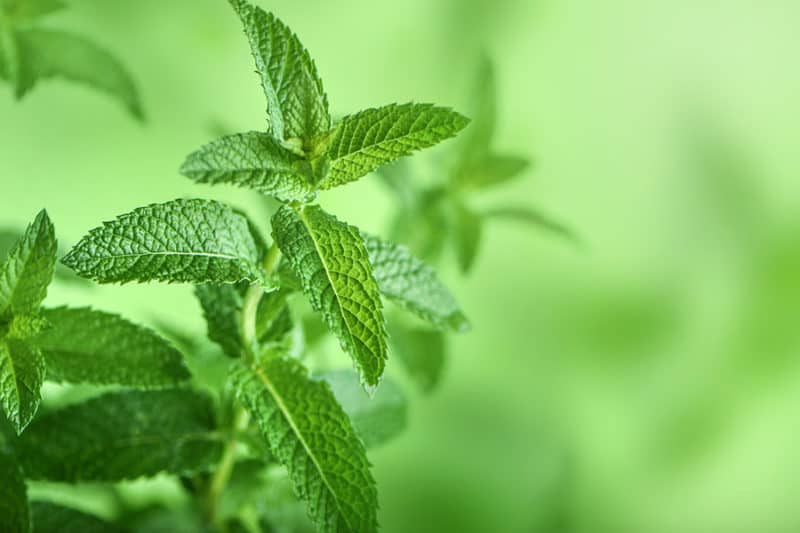
For instance, strawberries and winter squash meet your food needs and keep weeds at bay. Both also act as pollinators. Plants like buckwheat also serve as a cover crop and add nutrients to your soil. And they all suppress weeds. Try:
- White clover
- Vining winter squash
- Mint
- Strawberries
- Buckwheat
Repellers
These plants have an important job in warding off pests and helping your plants stay healthy. Sage is a popular option that is also a useful cooking herb. It attracts the lacewing insect which eats wooly aphids, a pest of apples. You can harvest the leaves and also let the plant set pollinator-attracting blooms.
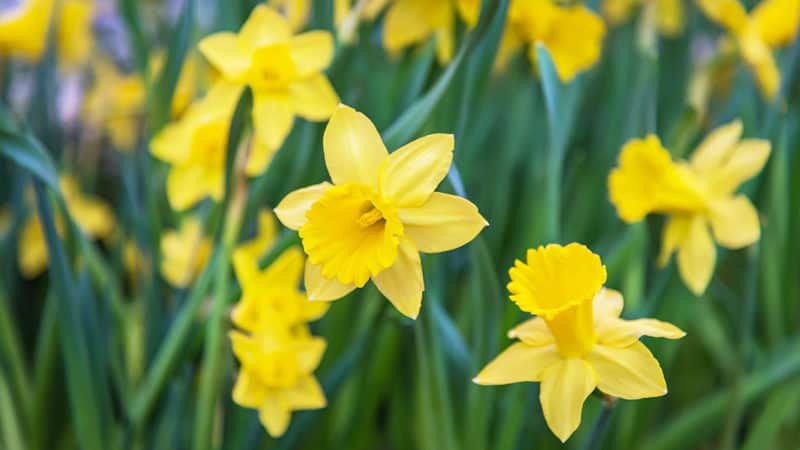
One of the things I love about the fruit guild is that there are so many functional flowers. Not only are you making an attractive landscape but you’ll have plenty leftover for a bouquet on the dining room table. For example, daffodils help repel moles, deer, and rabbits that may want to chew on your tree or its fruit. Check out:
- Bee balm
- Garlic
- Oregano
- Marigolds
- Lemongrass
- Nasturtiums
- Chives
- Yarrow
- Daffodils
Attractors
These are plants that bring in beneficial insects. Honeybees and bumblebees pollinate your garden but also insects that are helpful such as ladybugs.
Fennel, mustard, and dill are great for flavoring dishes and all do well under a fruit tree.
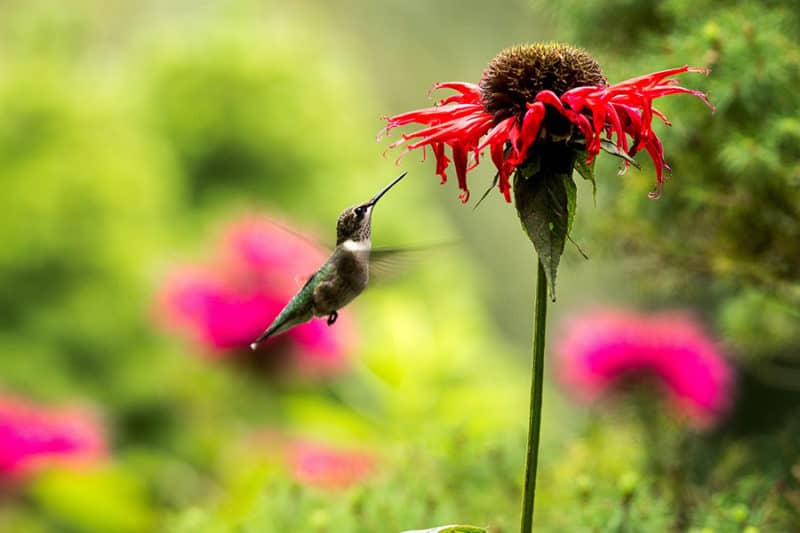
Some options include:
- Bee balm
- Dill
- Buckwheat
- Butterfly weed
- Yarrow
- Mustard
- Lavender
- Rose
- Mint
- Fennel
Mulchers
Mulchers serve double duty as weed suppressors and as a living mulch that nourishes the soil, saving you time and money. Allow the leaves to fall to the ground and decompose naturally.
Comfrey is a fabulous choice for a fruit guild. It’s an accumulator, mulcher, pollinator, and fertilizer. Comfrey does well in the dappled shade of a large fruit tree. It sends its roots down into the subsoil bringing up minerals. The leaves are medicinal for humans and they make a wonderful living mulch.

Some good mulchers are:
- Comfrey
- Artichokes
- Rhubarb
- Hostas
- Buckwheat
Accumulators
Accumulators have very deep roots that pull up minerals and other nutrients from the sub-soil making them available for nearby plants. These plants either fix nitrogen in the soil or pull up nutrients from the subsoil. They bring nitrogen and minerals to the plants around them.
Parsley root is a good accumulator for the apple guild. They accumulate calcium, magnesium, and iron from the subsoil and then release in the topsoil which benefits surrounding plants.
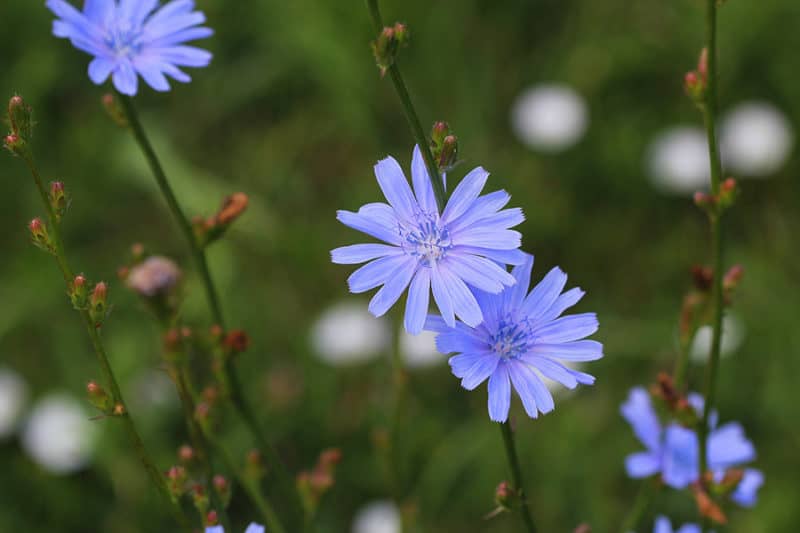
These are all accumulators:
- Borage
- Alfalfa
- Comfrey
- Chicory
- Dandelion
- Yarrow
- Borage
- White clover
- Parsley root
Fixers
Fixers are plants that fix nitrogen in the soil. You do this when you plant legumes such as peas and beans in the garden. They can also do the same job in your fruit guild.
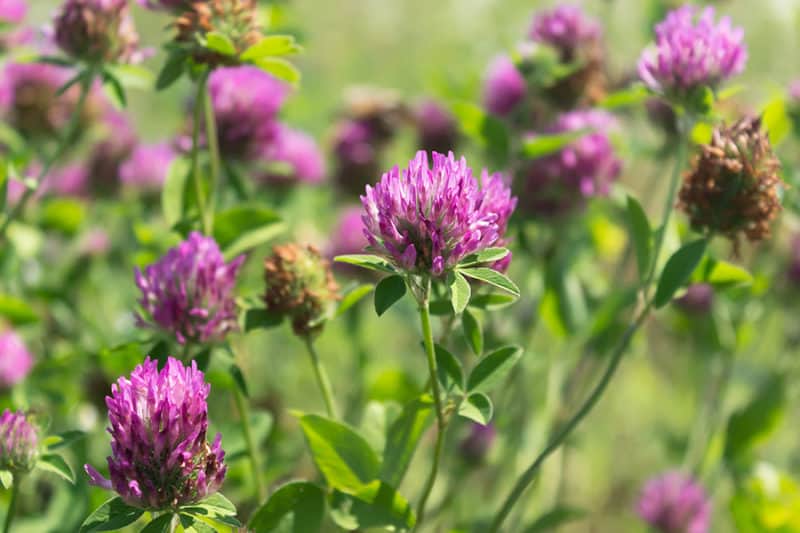
Red clover attracts beneficial insects including Trichogramma wasps. Trichogramma wasps prey on over two hundred species of caterpillars including codling moth, gypsy moth, and tent caterpillars – all of which seek to harm your fruit trees. Red clover also makes a wonderful refreshing tea.
Vetch is a member of the pea family and a great nitrogen fixer that increases fertility in your guild. In addition, their small purple flowers attract pollinators. You can also plant:
- Bush beans
- Peas
- Alfalfa
- Red clover
- White clover
- Lupine
Steps To Starting An Apple Fruit Guild
This process applies to an apple tree, but you can adapt it to any fruit tree with a little adjusting.
- Plant your apple tree. Most apples are not self-pollinating so you may need to plant two. Take time and give your tree tremendous soil and amendments to get it off to a terrific start. This is best done in the fall.
- Measure around the tree and mark off the drip line diameter. The drip line (or root zone) reflects the widest part of the adult trees canopy. A good rule of thumb is that for every inch of the trunk there should be one foot of root width. So plan on a diameter of five or six feet for a dwarf or twelve for a semi-dwarf. You will be planting your crops within this circle.
- Next, lay down cardboard overlapping in the circle to kill weeds and grass. Cover the cardboard with several inches of compost. Water this well and let it sit. Keep the cardboard and soil several inches from the tree’s trunk.
- This needs to decompose for a month or two. If it is winter and you are planning on doing a fruit guild in spring go ahead with this step now and you’ll be ready for planting come spring.
- In the meantime, you can think about what types of plants to plant under your tree. Make sure to pick plants that fall under a variety of categories.
- Plant under-story plants.
Why You Should Plant a Fruit Guild
We’re all better off when we are part of a team. Everyone has a role to play. I’m sure you have experienced this in the workplace or on a sports team. We win when we work together.
Plants are no different. The plants in a guild work together for the betterment of the team. Just like in the forest, the apple guild works to provide a natural balance.
Your plants support each other by attracting good insects while sending bad ones away. They’ll help fertilize the soil and provide you with food or medicine. Your fruit tree will be better off and so will you. It’s a win-win situation.
